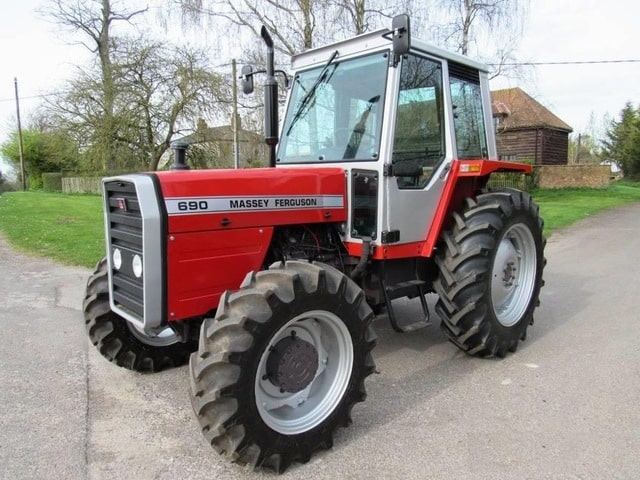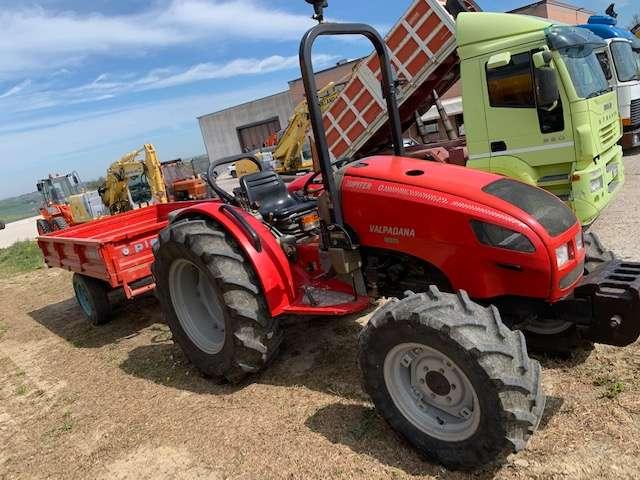
The most reliable tractor engine will make use of approximately 35% of its energy right into valuable actions of driving, raking, drawing, delivering as well as various other farm duties. The excess 65% of the energy generated will be shed in the form of audio energy, heat energy, radiant energy, resonances, and also friction.
A sufficiently cooled down engine, as well as its equivalent, an adequately hot engine, are both essential for optimum tractor engine efficiency. An over-cooled engine can trigger excessive damage to the engine elements. Pistons, as well as linings, are designed to preserve extremely certain and also minute clearances.
An over-cooled engine will certainly have its liners cooler than the hot pistons. The aluminum pistons typically increase much faster than the steel-based liners, and also for that reason, there will certainly be marking in between both surface areas. This harms the pistons, piston rings, and lining surface area.
An exceedingly warm engine will certainly create all interior parts to increase beyond normal tolerances, creating loosened parts, and also burned tractor engine components. This is a sensation that is referred to as a “shot” engine or “confiscated” engine by mechanics. The tractor radiator removes excessive warmth from the engine. The coolant that is distributed through the engine is allowed to be cooled down through the tractor radiator.
The thermostats aid in this cooling process by protecting against warmed coolant from leaving the engine throughout the start-up stage when the engine is cool, and enabling coolant to move via the radiator when the engine temperature is above design temperature level restrictions. The tractor radiator can be manufactured from lightweight aluminum or copper or alloys of aluminum or copper. Light weight aluminum or copper is made use of as both have a high warmth capability, which is the capacity to take in as well as launch a huge quantity of warmth extremely quickly.

The tractor radiator generally has rows of tubes, as well as onto these tubes are connected thin strips of metal. The coolant is forced through televisions and the water pump. Typically, the coolant streams from the top of the radiator, downwards with televisions, and back into the engine block. Specially made radiator tubes perform these heat connections between the engine and also the radiator.
Onto these rows of metal tubes, are fitted thin strips of similar or similar metal. This properly boosts the surface area of the tubes, permitting the warm create coolant to travel by conduction to the fins. The fins are normally made as fins per inch. The 8N Ford tractor radiator and the David Brown radiator design 990 have 8 (8) fins per inch, the Allis Chalmers radiator for the D17 has 7 (7) fins per inch, the John Deere radiator for model 3020 has 10 (10) fins per inch.
The other primary element of the cooling system is the radiator cap. This serves to keep a high pressure in the radiator, hence protecting against the coolant from boiling, as well as it imitates a pressure alleviate valve releasing coolant to the storage tank when warm, as well as drawing coolant right into the engine when cold.
Please continue reading to get additional tips and information.



